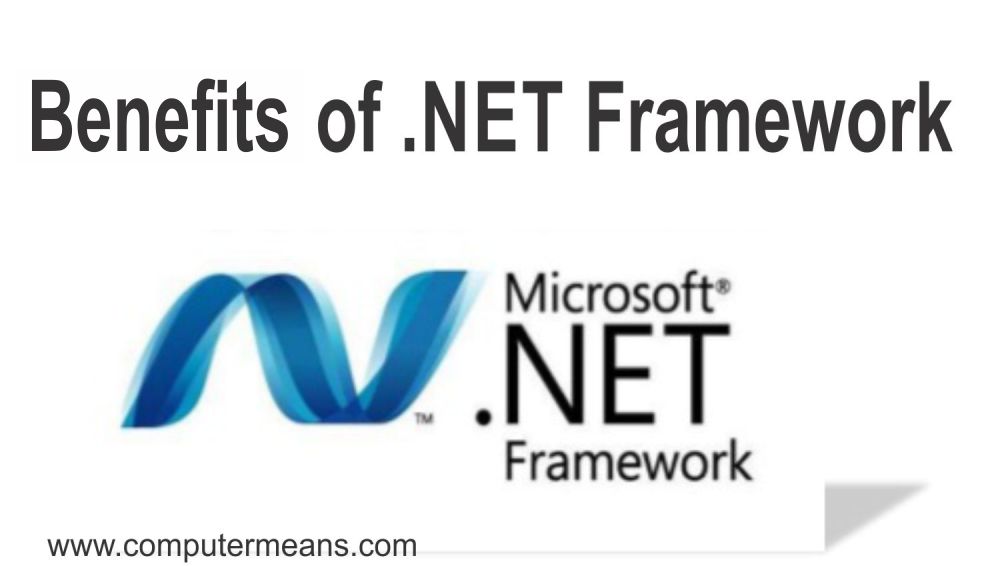The .NET Framework is one of the programming fashions which helps production and operations of various programs for Windows, Windows Phone, Microsoft Azure, and XML net offerings. It is created with the aid of Microsoft and operates on Microsoft Windows. The .NET Framework includes a big elegance library which is referred to as Framework category Library, and any other one is called normal Language Runtime that provides the ability to recognize the language throughout many programming languages.
This structure become designed to overcome severa problems of application advancement together with long development times, weak point to differ packages swiftly, cost of possession of the software program is quite excessive, and deployment was quite difficult.
The .NET Framework can is one of the managed accomplishments which provide a special range of offerings to its running applications. It has 2 major additives which can be as follows -:
- First is the commonplace language runtime (CLR): this is the main execution platform that handles all the working packages.
- Another one is the .NET Framework class Library: that gives a library of proved, reusable code that innovators can have from their own packages.
The following are the benefits of .Dot NET Framework :
(1) Consistent Programming Model :
Provides a consistent Object-Oriented Programming Model across different languages. You can use this model to creat programs for performing different tasks, such as connecting to and retrieving data from databases, and reading and writing in files.
(2) Cross Platform Support :
Specifies that any Windows Platform that supports CLR can Execute .NET application, that is, .NET application enables interoperability between multiple Window operating system.
(3) Language Interoperability :
Enables code written in different languages to interact with each other. This allows reuse ability of code and improves the efficiency of the development process.
For example, in an ASP.NET application created using Visual Basic language, you can inherit a C# class in the application.
The CLR has a built-in support for language interoperability.
However, there is no assurance that the code written can be utilized by other developers using another programming language. Therefore, to ensure multi-language code interoperability, a set of language features and rules for using them, called the Common Language Specification (CLS), is defined. Any component that follow these rules and expose only CLS features are said to be CLS-compliant.
(4) Automatic Management of Resource :
Specifies that in NET, you do not need to manually free the application resources, such as files, memory, network, and database connections. .NET Framework a feature called CLR that automatically tracks the resource usage and helps you in performing the task manual resource management. (5) Ease of Deployment : Specifies that the .NET Framework installs applications or components that do not affect the existing applications. In most cases, to install an application, you need to copy the application along with its components on the target computer.
In .NET, applications are deployed in the form of assemblies. Therefore, registry entries are not required to store information about components and applications.
In addition, assemblies store information about different versions of a single component used by an application. Therefore, the version problem is also eliminated in .NET Framework.
Also read :


